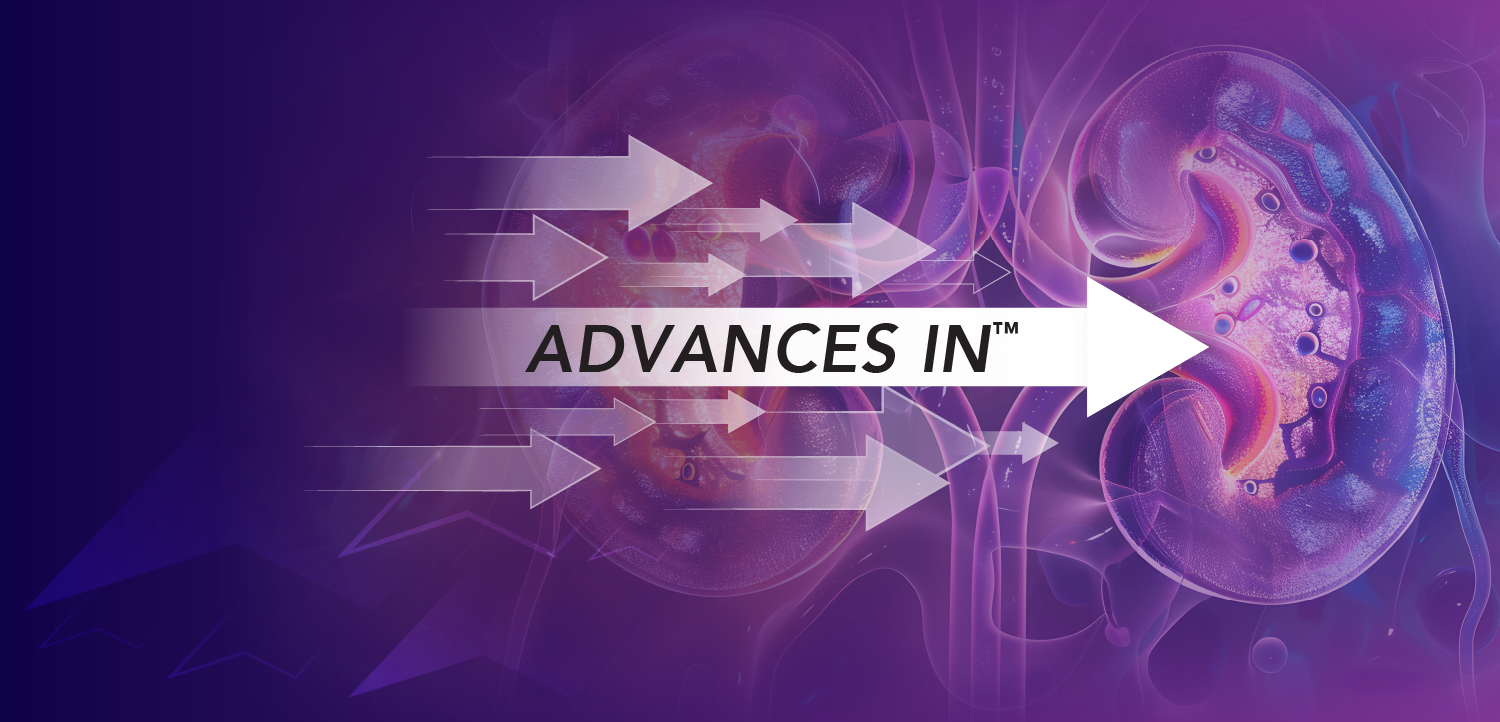
ACP calls for risk adjustment overhaul to improve health equity, cut red tape
Key Takeaways
- ACP calls for standardized risk adjustment methods to reduce confusion and administrative burden, enhancing physician engagement with patients.
- Investment in health IT and shared data standards like FHIR is crucial for better interoperability and accurate patient health assessments.
A new policy paper from the American College of Physicians lays out eight recommendations to modernize risk adjustment, reduce administrative waste and better serve high-risk patients.
The
In a policy paper published July 1 in the
Standardization, transparency and simplicity
Risk adjustment plays a central role in determining physician payment, especially in Medicare and commercial
“The existing approach to risk adjustment presents several challenges that impact the provision of care, including significant time physicians must spend on extensive documentation and coding that could otherwise be devoted to engaging with patients,” said Jason M. Goldman, M.D., MACP, ACP president.
To fix that, ACP is calling for standardized methods and clear guidelines across all sectors of health care. The paper argues that aligning documentation practices would reduce confusion and lower administrative burden.
Fixing the data problem
Disconnected data systems are another major issue. With patient information scattered across platforms, it’s difficult to get an accurate picture of a patient’s health. ACP calls for investment in health IT and adoption of shared data standards like Fast Healthcare Interoperability Resources (FHIR) to support better interoperability.
The group also wants to end the practice of annually resetting diagnosis codes — known as “zeroing out” — which forces clinicians to re-document chronic conditions every year just to maintain accurate risk scores.
Addressing disparities and preventing gaming
ACP makes a strong case for the inclusion of social drivers of health risk models. Patients facing housing insecurity, food scarcity or other barriers often have more complex health needs — but current models don’t always reflect that.
ACP also warns against system “gaming,” like upcoding diagnoses and boost payments. The group says economic incentives should be aligned with patient care, not documentation tricks.
AI could help, if used responsibly
ACP sees promise in
One potential solution: hybrid models that combine past and current data to give a more complete, real-time view of patient health. These could be especially helpful in tracking fast-changing conditions or long-term complex care needs.
ACP’s recommendations speak to longstanding frustrations about the time and effort required for coding and documentation. A smarter, fairer system, ACP argues, would allow clinicians to focus more on care and less on bureaucracy.
“An improved needs-based payment system would benefit physicians and patients alike,” Goldman said.
The timing of ACP’s call for reform comes as risk adjustment practices in Medicare Advantage and other value-based programs face heightened scrutiny, including from regulators investigating fraud and abuse.
If adopted, the changes ACP proposes could have a broad impact — not just on payment models, but on how equity and quality are built into the economics of health care.
Newsletter
Stay informed and empowered with Medical Economics enewsletter, delivering expert insights, financial strategies, practice management tips and technology trends — tailored for today’s physicians.

















